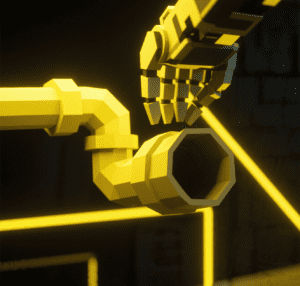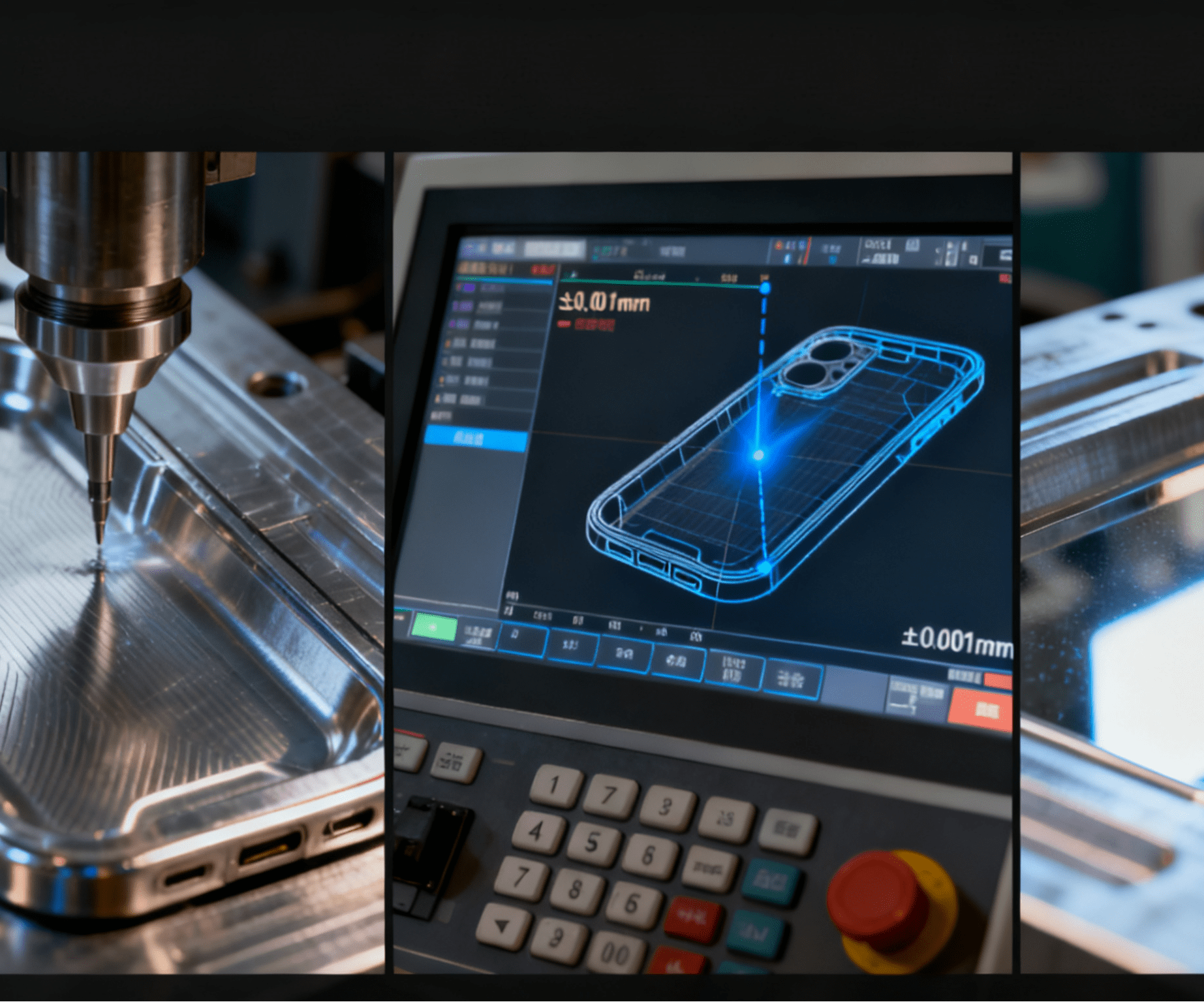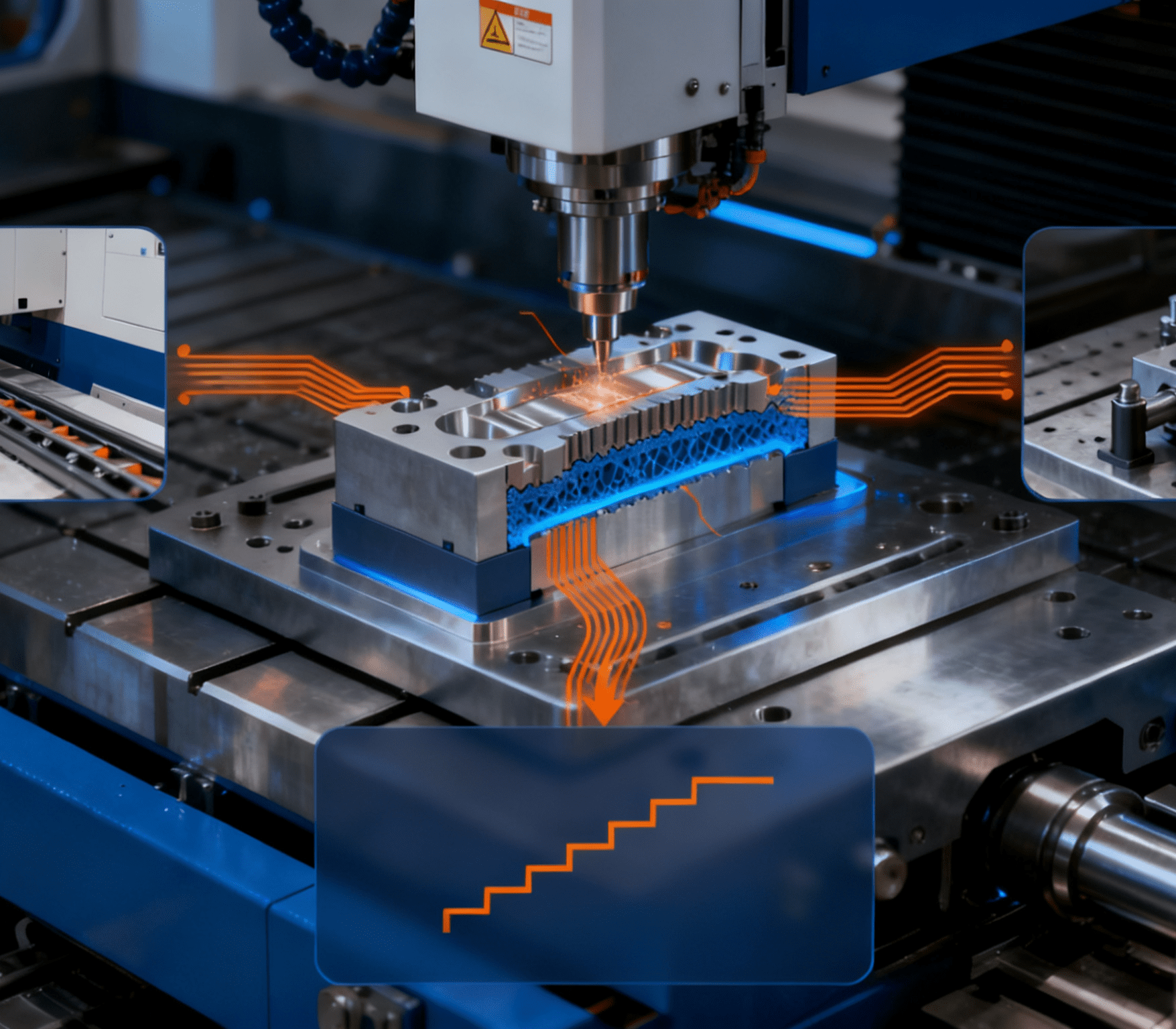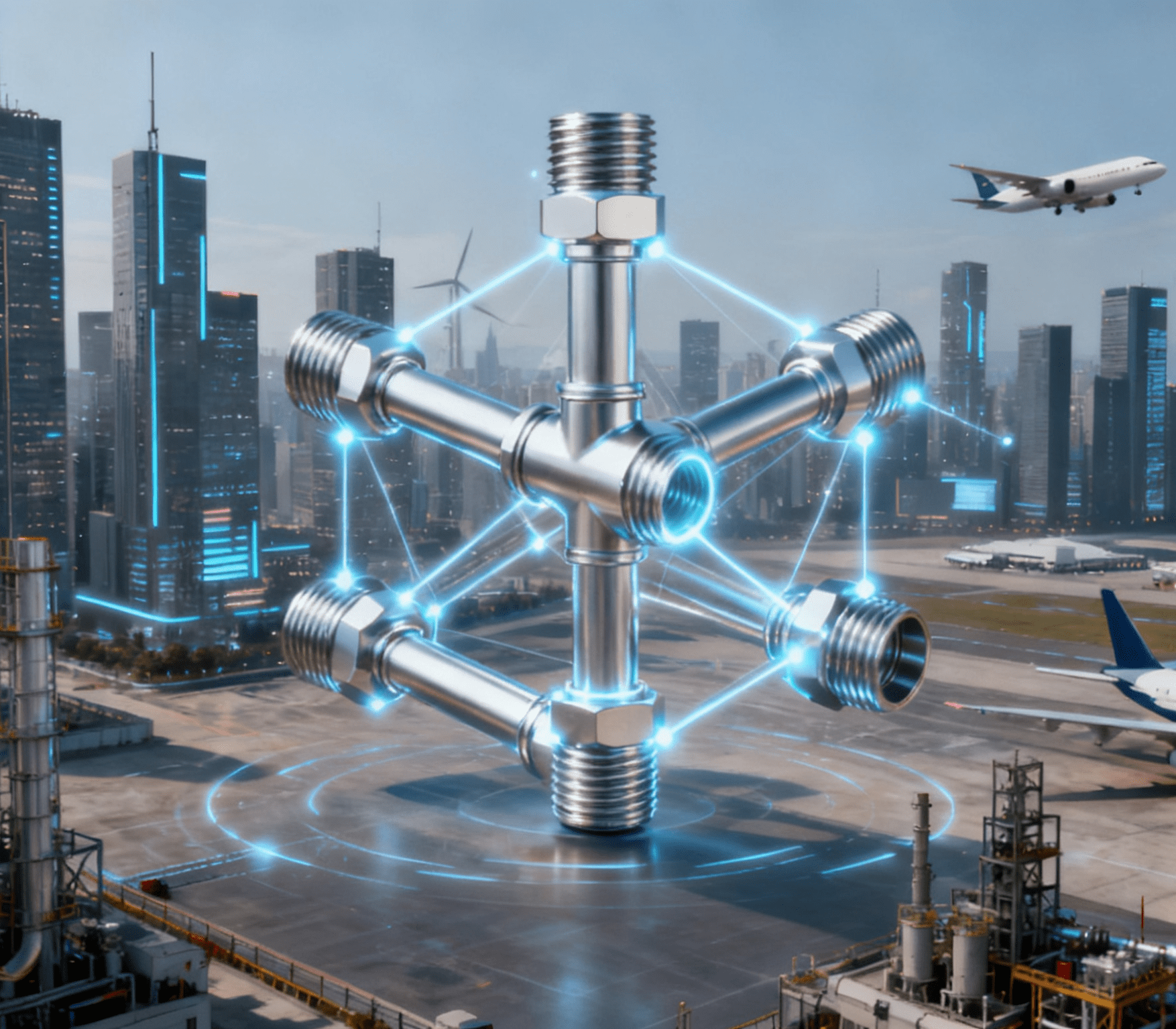The Powerhouse of Bathroom Shower Base Assembling Machines

In the ever – evolving landscape of bathroom fixture manufacturing, the advent of bathroom shower base assembling machines has emerged as a game – changer. These sophisticated machines are redefining the production norms, streamlining operations, and enhancing the overall quality of shower bases, thereby leaving an indelible mark on both the manufacturing sector and the end – consumer market.
The Transformative Journey of Shower Base Production
In the past, the production of bathroom shower bases was a labor – intensive and arduous process. Workers painstakingly pieced together components such as the base tray, drainage systems, and support structures. Manual measurement and alignment were the norm, but this approach was fraught with challenges. For example, inaccuracies in measuring the slope of the shower base tray could lead to improper water drainage, a common complaint among consumers. Moreover, the slow pace of manual assembly severely limited production volumes, making it difficult for manufacturers to keep up with the growing market demand.
As the demand for more efficient and high – quality shower bases increased, driven by the booming real estate and home renovation industries, the need for advanced assembly solutions became evident. This gave rise to the development of bathroom shower base assembling machines, which have since become an indispensable asset in modern manufacturing facilities.
Unveiling the Mechanics of Shower Base Assembling Machines
Shower base assembling machines are a marvel of engineering, meticulously designed with a combination of advanced technologies and intelligent systems to ensure seamless and precise assembly.
- Component Handling and Feeding Systems
The assembly process commences with the efficient handling and feeding of components. For large – sized components like the shower base trays, automated guided vehicles (AGVs) or overhead conveyor systems are utilized. These systems can transport the heavy trays with ease, precisely positioning them at the assembly stations. Smaller yet crucial components, such as drainage grates, screws, and sealing strips, are often fed into the system via vibration bowls or pneumatic conveyors. These feeding mechanisms ensure that each component is presented in the correct orientation and location, ready for immediate assembly, minimizing any potential delays in the production line.
- Precision Assembly Mechanisms
At the core of the shower base assembling machine lies a series of precision – engineered assembly mechanisms. Robotic arms equipped with specialized end – effectors are a key component. These robotic arms can perform a wide range of tasks, from accurately placing drainage pipes into pre – designed slots on the shower base tray to securing support brackets with high – torque screws. For instance, some advanced machines use multi – axis robotic arms that can manipulate components in three – dimensional space, allowing for the assembly of complex shower base designs with integrated seating areas or ergonomic contours. In addition to robotic arms, there are also custom – designed assembly fixtures. These fixtures are tailored to hold the shower base components firmly in place during assembly, ensuring that all parts are aligned perfectly. This is crucial for creating a watertight and stable shower base structure.
- Rigorous Quality Control Systems
Maintaining stringent quality standards is of utmost importance in shower base production, and modern assembling machines are equipped with state – of – the – art quality control systems. 3D scanning technology is often employed to inspect the assembled shower bases. The 3D scanners can quickly and accurately detect any dimensional discrepancies, such as uneven surfaces or incorrect slopes. If a deviation from the design specifications is detected, the system can immediately flag the product for further inspection or correction. Leak – testing systems are another vital part of the quality control process. These systems fill the assembled shower base with water and apply pressure to simulate real – world usage conditions. By monitoring for any signs of leakage, manufacturers can ensure that every shower base leaving the production line is completely waterproof and reliable.
The Multifaceted Advantages of Shower Base Assembling Machines
- Skyrocketing Production Efficiency
Shower base assembling machines have the capability to operate around the clock, significantly boosting production output. Unlike manual labor, which is limited by working hours and human fatigue, these machines can assemble a large number of shower bases in a short period. For example, a high – performance assembling machine can produce dozens of shower bases per hour, depending on the complexity of the design. This increased efficiency not only enables manufacturers to meet tight deadlines but also allows them to scale up production to meet sudden surges in market demand, such as during peak home renovation seasons.
- Unparalleled Product Quality
The precision offered by assembling machines ensures that each shower base is manufactured to exacting standards. Every component is placed with pinpoint accuracy, and every joint is secured with consistent force. This results in a highly uniform product quality, eliminating the variability that was common in manual assembly. Consumers can now enjoy shower bases that are not only aesthetically pleasing but also functionally reliable, with proper water drainage, robust structural integrity, and long – lasting durability. For manufacturers, this translates to a significant reduction in product returns and customer complaints, enhancing brand loyalty and reputation in the market.
- Substantial Cost Savings
While the initial investment in a shower base assembling machine may be substantial, the long – term cost savings are considerable. By automating the assembly process, manufacturers can significantly reduce their reliance on a large workforce, thereby cutting down on labor costs. Additionally, the reduced incidence of defects due to precise assembly means less material waste and lower rework costs. For example, if a manual assembly process has a 15% defect rate, an automated machine – based process can often bring this down to less than 3%. This not only saves on raw materials but also frees up valuable time and resources that can be redirected towards other aspects of the business, such as research and development or marketing.
- Adaptability to Diverse Design Requirements
Today’s consumers have a wide range of preferences when it comes to shower base designs, from sleek and minimalist styles to elaborate and ornate ones. Shower base assembling machines are highly adaptable and can be reprogrammed to accommodate various design specifications. Whether it’s a custom – sized shower base for a unique bathroom layout or a shower base with integrated features like built – in soap dispensers or non – slip surfaces, the machine can be adjusted to meet the specific requirements. This flexibility allows manufacturers to stay competitive in the market by offering a diverse product range that caters to different customer needs.
The Far – Reaching Market Impact and Future Prospects
The introduction of shower base assembling machines has had a profound impact on the bathroom fixture market. Manufacturers are now able to offer a wider variety of shower bases at more competitive prices, making high – quality products more accessible to consumers. The increased production capacity has also led to a greater supply in the market, both locally and globally, stimulating further growth in the bathroom renovation and construction industries.
Looking ahead, the future of shower base assembling machines is filled with exciting possibilities. The integration of artificial intelligence (AI) and machine learning (ML) technologies is on the horizon. These technologies can enable machines to self – optimize their assembly processes, predict maintenance needs, and even suggest design improvements based on production data. Additionally, there will be a growing emphasis on sustainable manufacturing practices. Shower base assembling machines may be designed to use less energy, generate less waste, and incorporate recycled materials in the production process. As technology continues to evolve, these machines will undoubtedly play an even more pivotal role in shaping the future of bathroom fixture manufacturing, driving innovation, and enhancing the overall quality of life for consumers around the world.
In conclusion, bathroom shower base assembling machines have emerged as a revolutionary force in the manufacturing industry. With their ability to enhance efficiency, improve quality, reduce costs, and adapt to diverse designs, they have transformed the way shower bases are produced. As the industry continues to evolve, these machines will continue to evolve with it, paving the way for a new era of advanced and sustainable bathroom fixture manufacturing.




















